No description yet: Can you help?
Assembly Hall, Bootham School
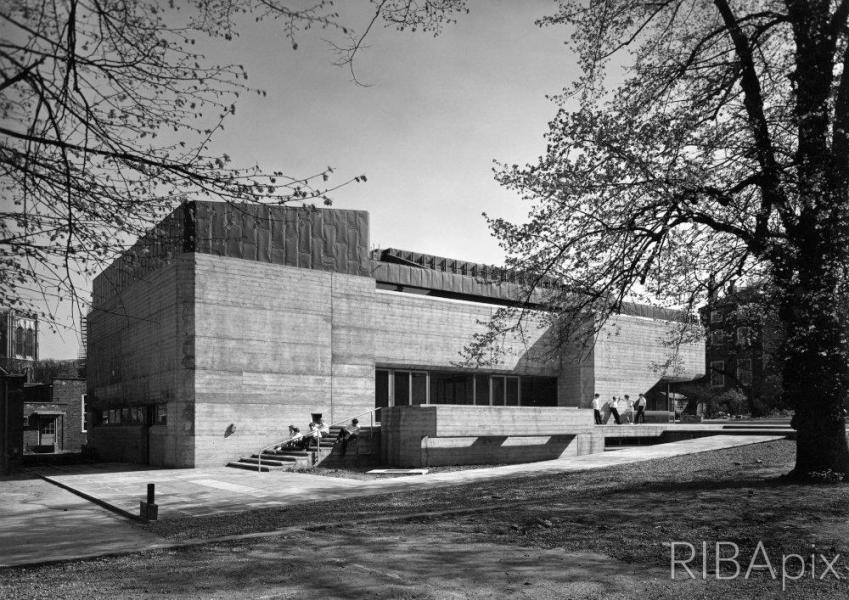

No description yet: Can you help?
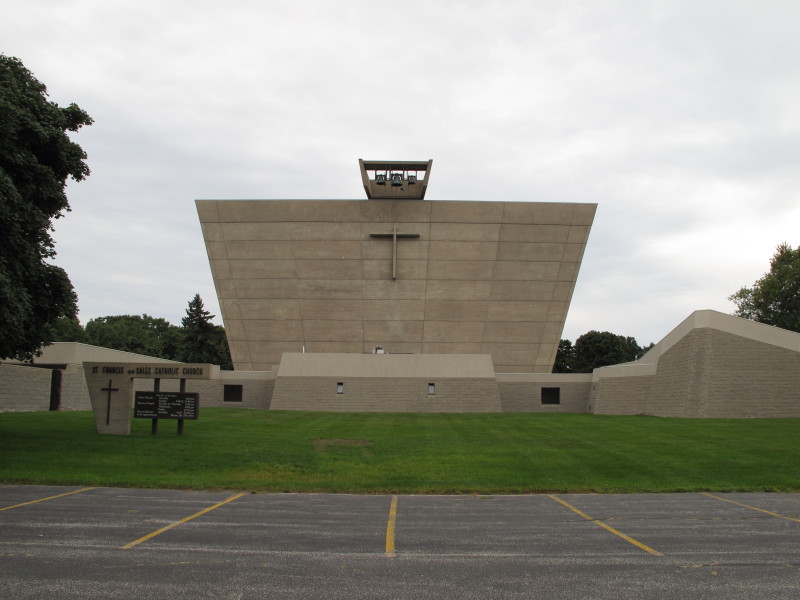
No description yet: Can you help?

No description yet: Can you help?
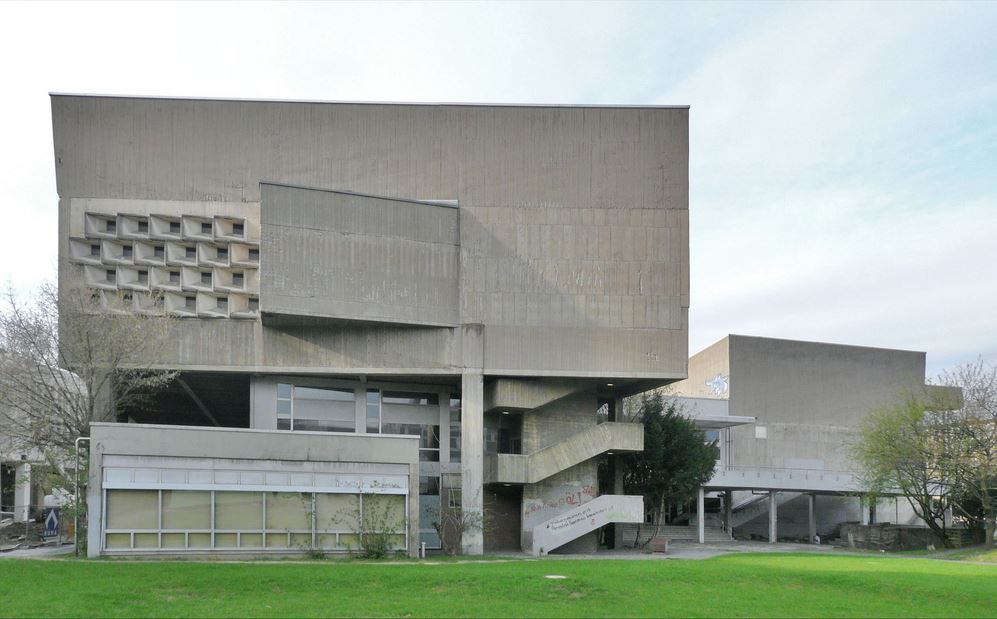
In 1960 Gutbrod won the competition for the lecture hall. Originally, there were three auditoriums built on stilts. Later on three more halls had been added on the ground floor. The foyer opened to all sides, integrating the building into the path sys…
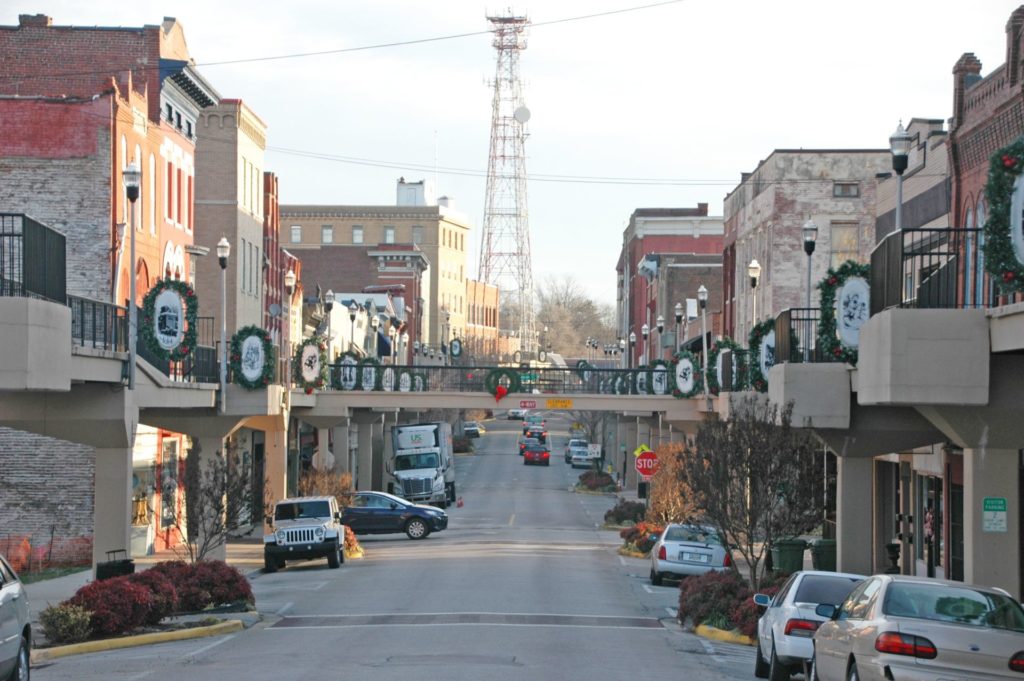
Overhead walkway system designed by Bebb & Fleming Architects, and constructed as part of Morristown’s 1963 Urban Renewal Plan.
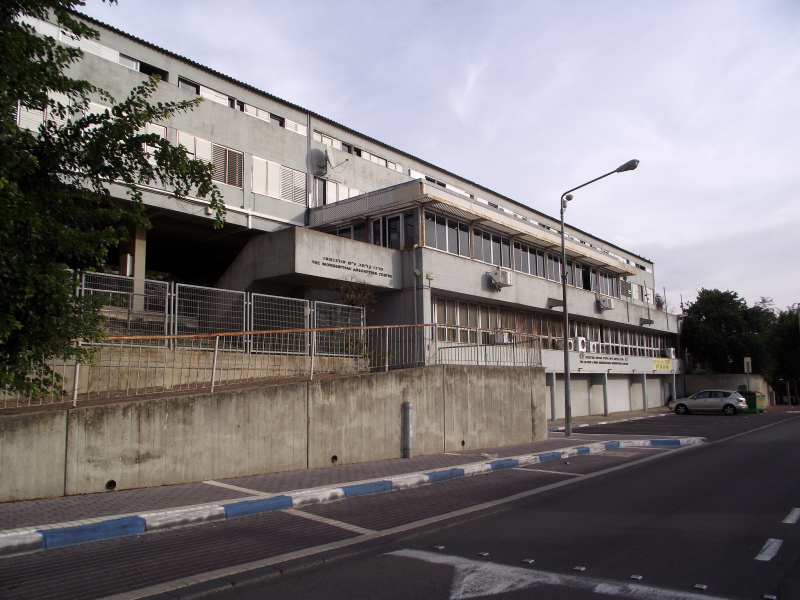
Built in 1964 the hostel was created for the initial accommodation of academic immigrants. It is separated into two blocks which follow the site’s topography. In its original form it clearly referenced Le Corbusier with massive pilotis and balconies b…
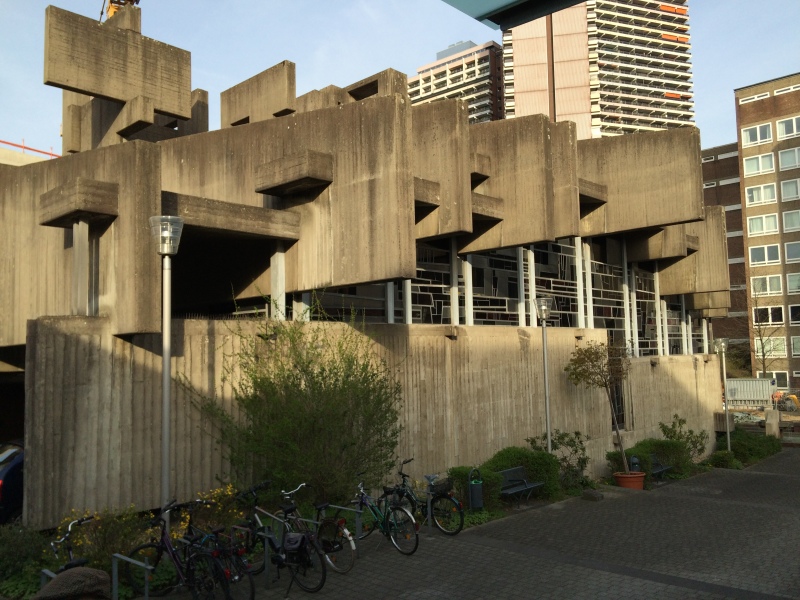
Designed by sculptor Josef Rikus, who says he only relied on architect Heinz Buchmann for the technical realization. On the interior, the spatial/conceptual idea of having the services held under a large concrete tree soon becomes apparent. The exterior…
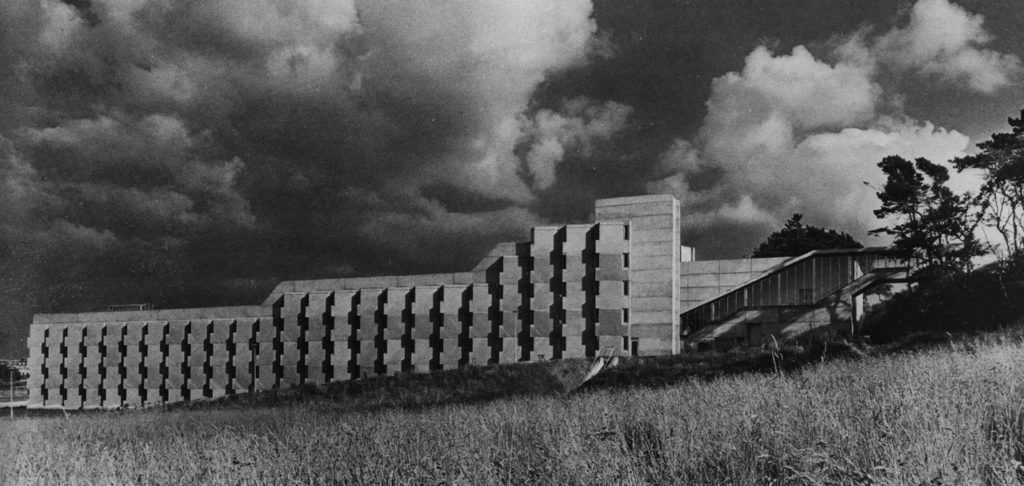
No description yet: Can you help?
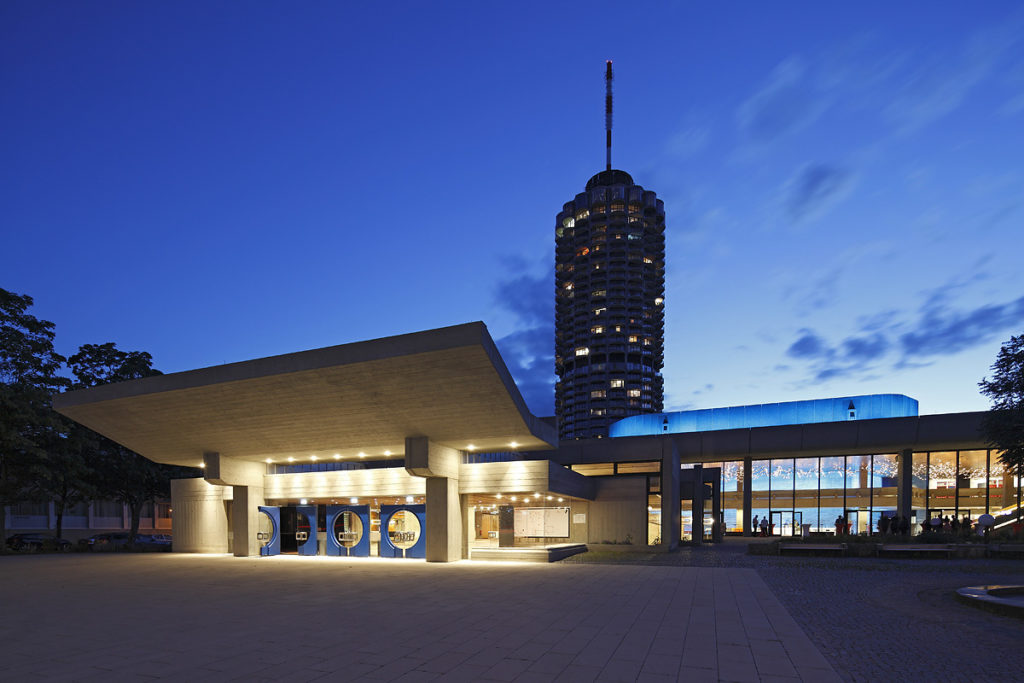
No description yet: Can you help?
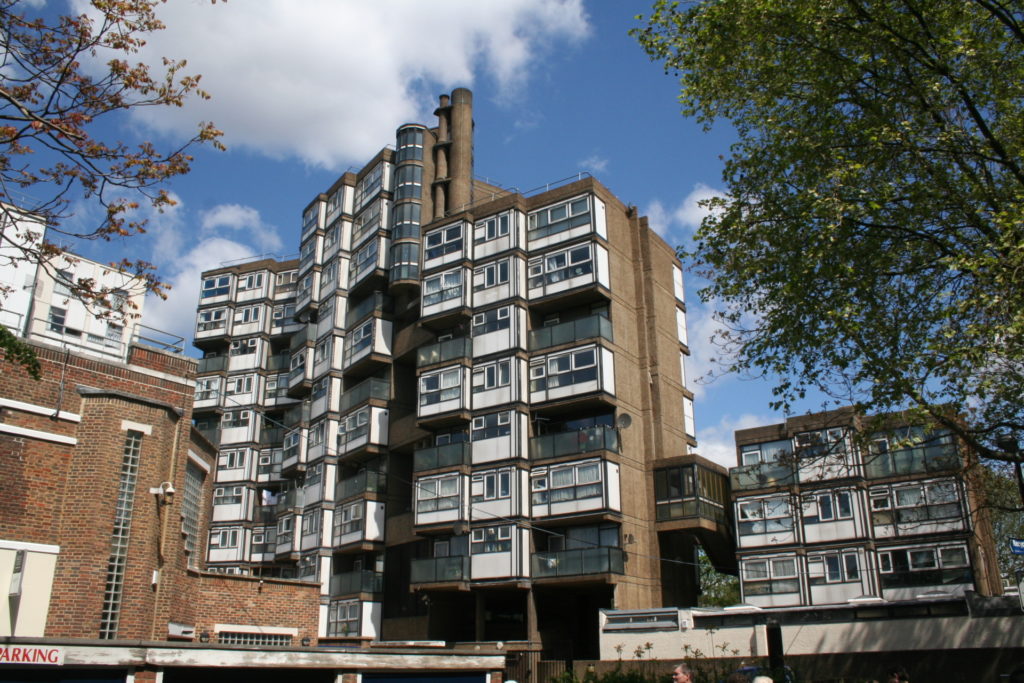
The ten story high rise features maisonette apartments, which is relatively unusual for rapidly built, affordable social housing. The complex appearance of the outer structure avoids the monolithic tendencies of similar social housing slabs built at the…
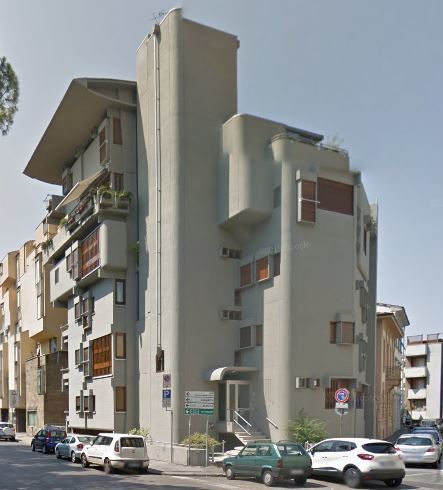
No description yet: Can you help?
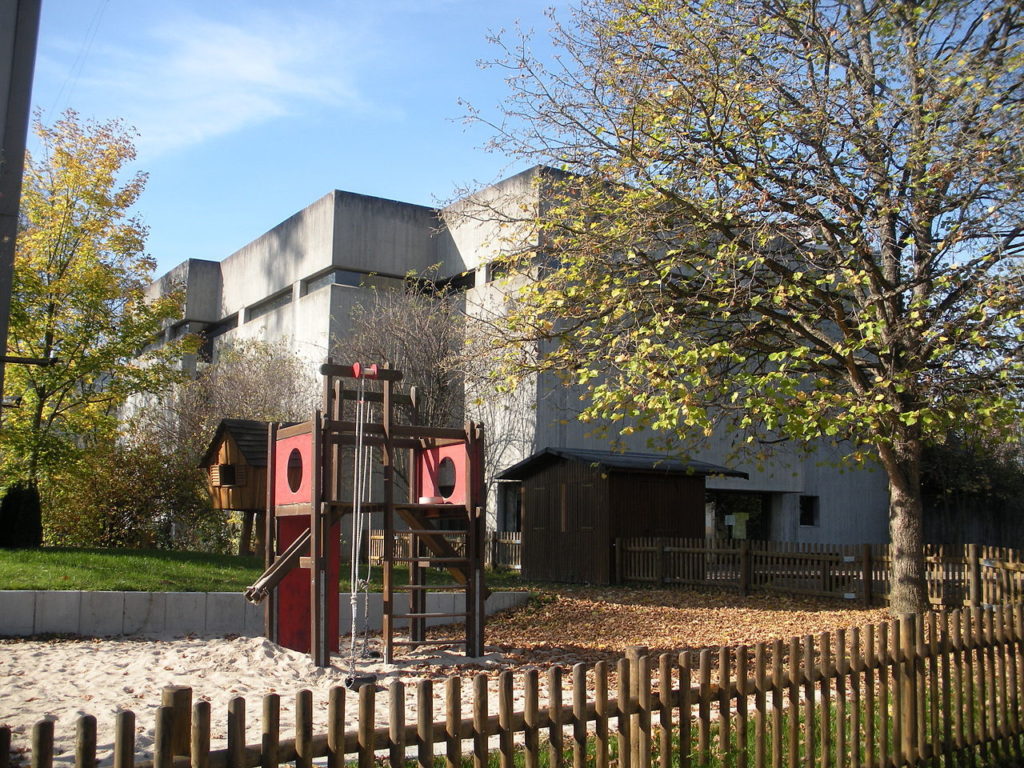
No description yet: Can you help?
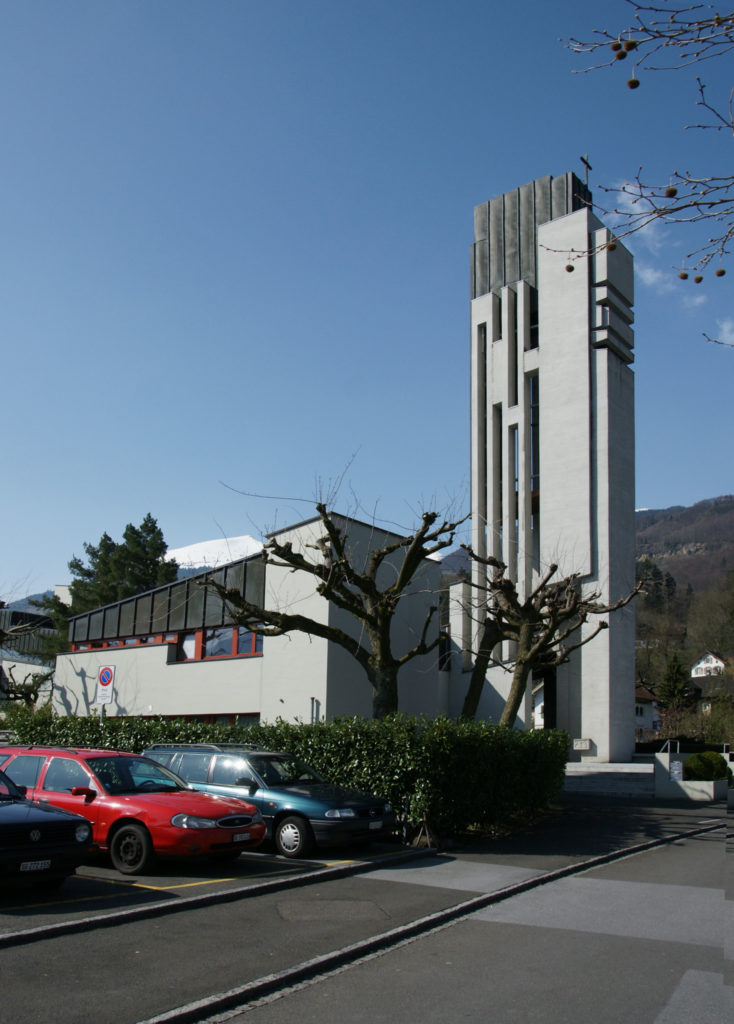
No description yet: Can you help?
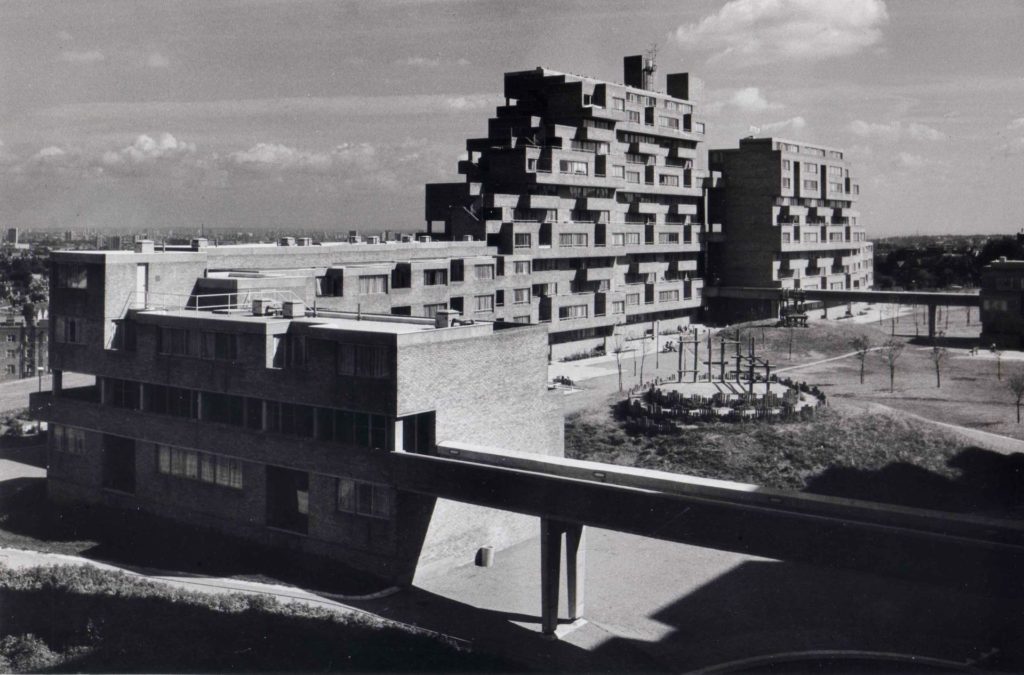
Two slab blocks follow the topology of the hilly site. The sculptural façades allow for balconies for all flats, while avoiding a rigid, rastered appearance. Similar to Park Hill, the different buildings were originally connected with elevated walkwa…
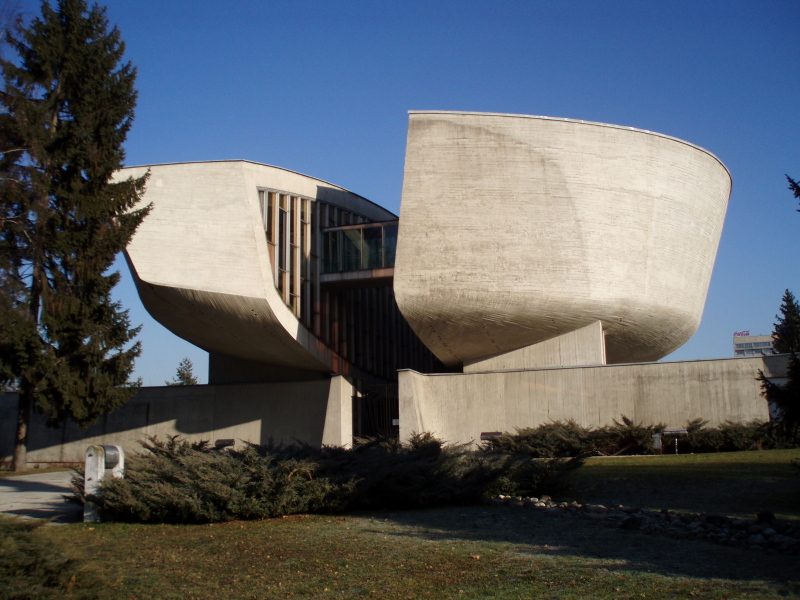
No description yet: Can you help?
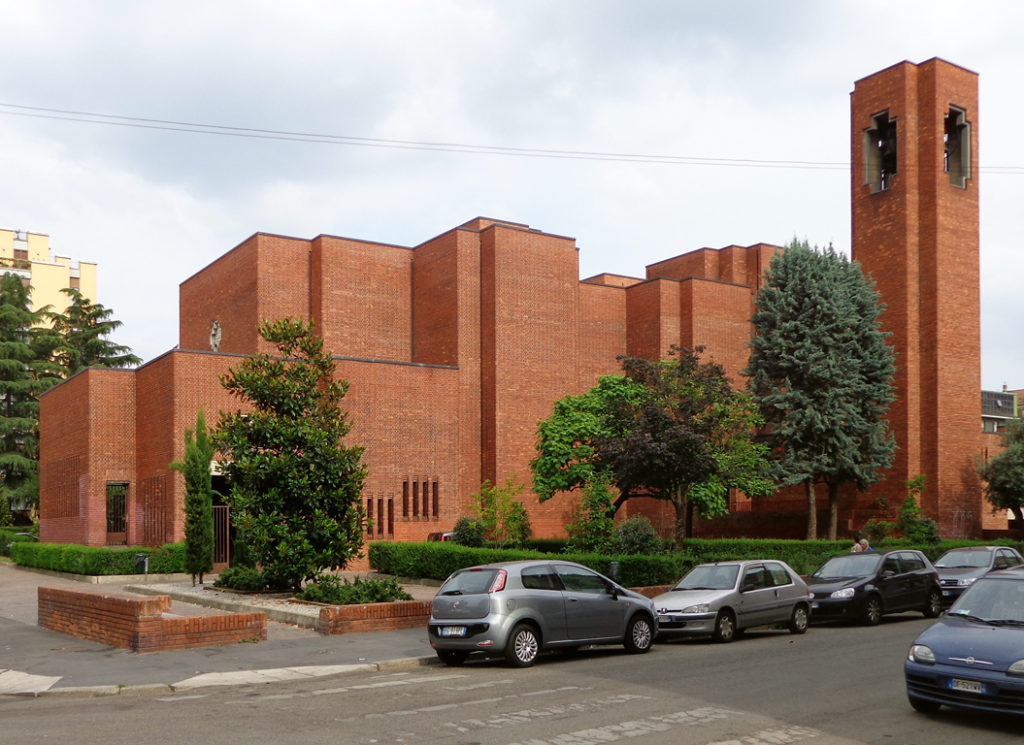
The Church combines the floor plan of a Greek cross with the Brutalist aesthetic of clusters of interwoven cubes. (Special thanks to Carlo Berizzi)
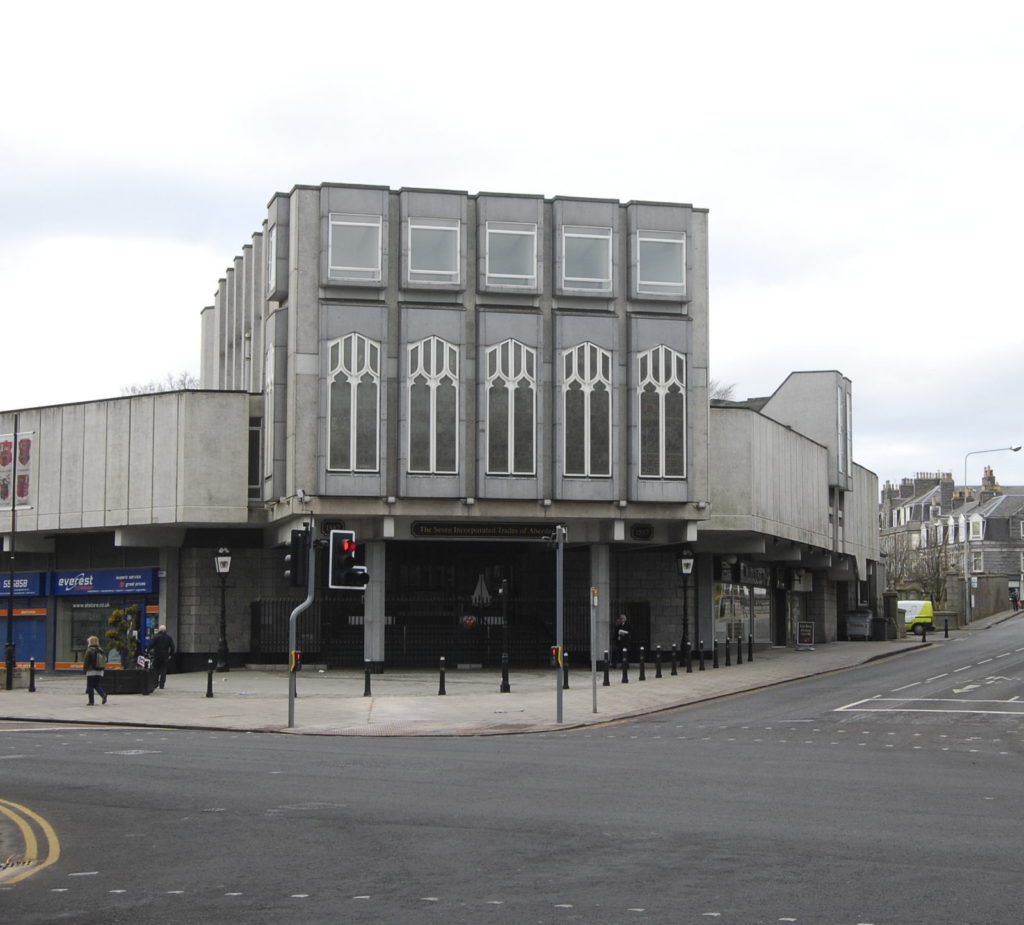
The seat of The Seven Incorporated Trades of Aberdeen is the third successive building to serve this purpose. The seven traceried windows were preserved from the previous 19th century building and represent the seven trades in glass paintings. This res…
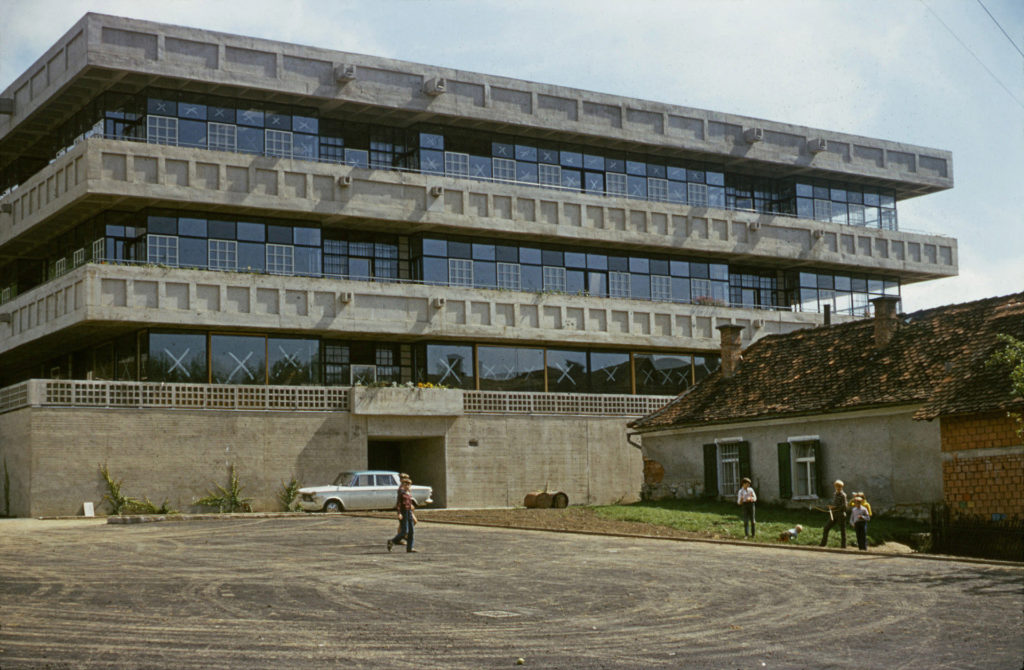
No description yet: Can you help?
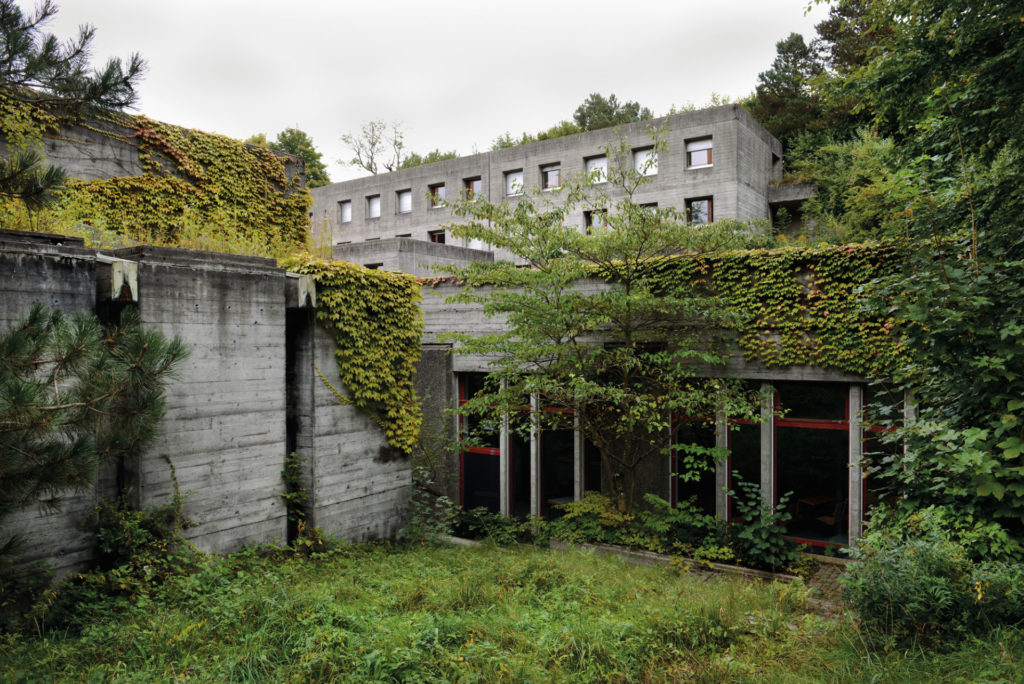
No description yet: Can you help?
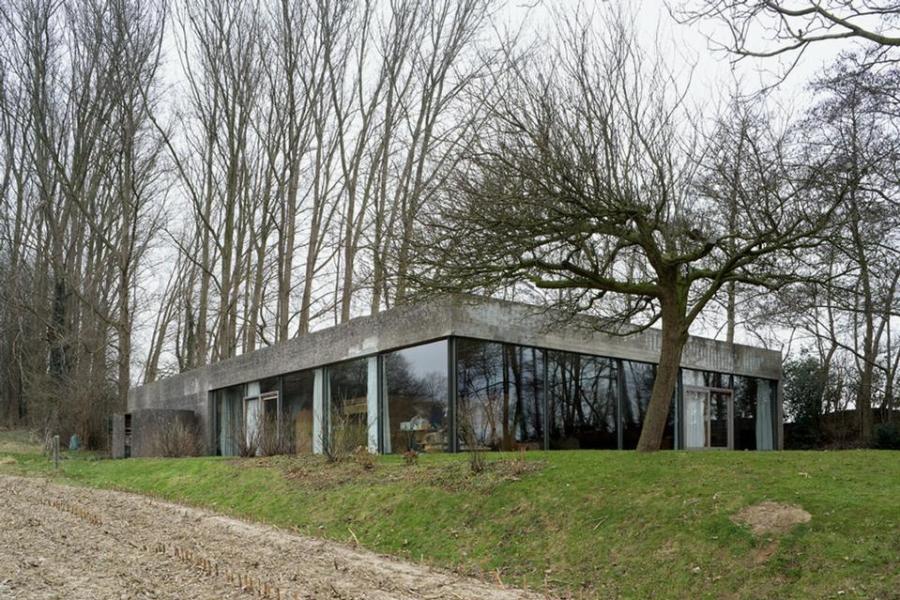
From the mid-1960s onwards the architect realized a series of dwellings, as well as a church, whereby the interior in each case is rendered completely in exposed concrete. In this early residence, there are no separate rooms. The kitchen, bedroom and ba…